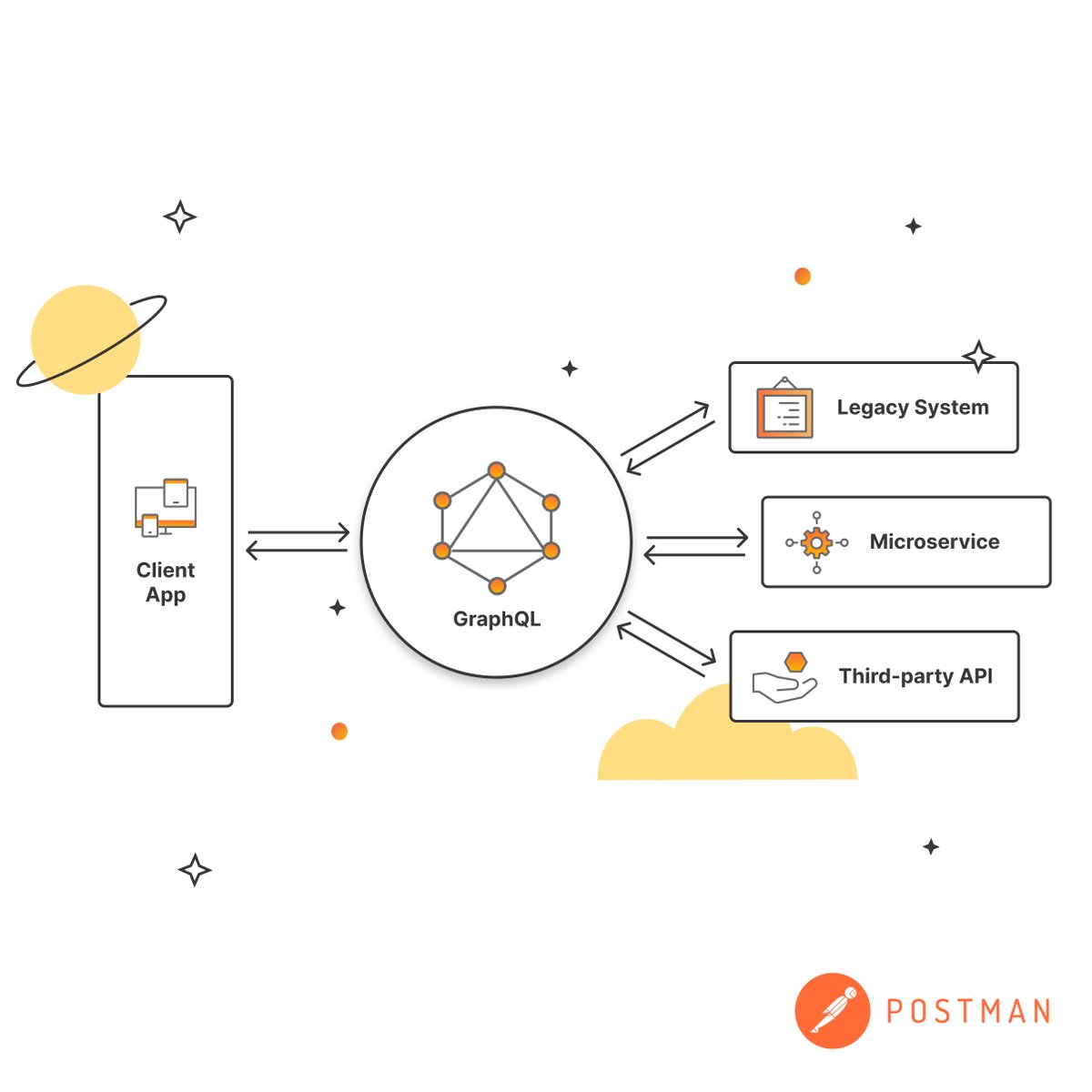Both private and public API catalogs make it easier for API consumers to find the APIs that meet their needs, but each type of catalog has several distinct benefits.
A private API catalog is a unified hub for every internal API within an organization.
These catalogs provide complete visibility into an organization's overall API landscape, which benefits developers and business leaders alike.
These catalogs provide complete visibility into an organization's overall API landscape, which benefits developers and business leaders alike.
For instance, private API catalogs help developers avoid writing redundant code to implement common workflows, such as user authentication.
Instead, they can search for, find, and consume APIs that were developed by other teams for the same purpose.
Instead, they can search for, find, and consume APIs that were developed by other teams for the same purpose.
API catalogs also offer up-to-date insight on internal API usage trends across an organization, which can inform important decisions about bandwidth distribution.
Finally, the centralized nature of API catalogs makes it easier for leaders to enforce an effective API governance strategy across every team in their organization.
Check out our blog on Postman's API governance capabilities in v10 ⤵️
blog.postman.com/api-governance…
Check out our blog on Postman's API governance capabilities in v10 ⤵️
blog.postman.com/api-governance…
Public API catalogs make APIs more discoverable to third-party consumers.
This exposure is particularly important for companies that market their APIs as billable products, as it increases API traffic and revenue.
This exposure is particularly important for companies that market their APIs as billable products, as it increases API traffic and revenue.
Public API catalogs also break down silos between API consumers and producers, which shortens feedback loops and helps producers provide adequate support.
Private and public APIs play different roles in an organization's overall business strategy, but the teams that manage them can benefit equally from the improved discoverability, collaboration, and governance that API catalogs facilitate.
• • •
Missing some Tweet in this thread? You can try to
force a refresh

 Read on Twitter
Read on Twitter










